AromaEase essential oil blend is perfect for creating a powerful and comforting space. The blend’s key essential oils—Peppermint, Spearmint, Ginger, Cardamom, and Fennel—make an aroma that is minty, fresh, and bold. Try diffusing it at home, around the office, or even in your car. AromaEase can also be used topically on your neck, shoulders, or abdomen for a refreshing sensation and soothing aroma.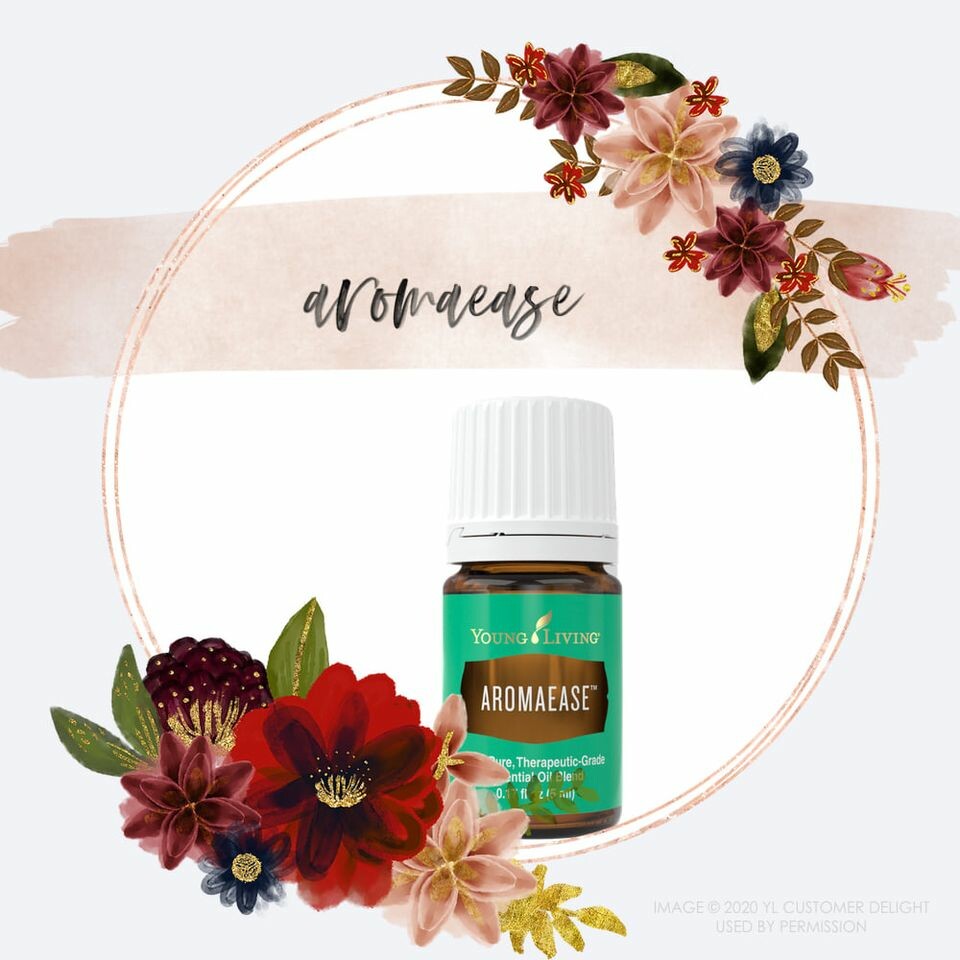
Historical uses of peppermint:
Peppermint leaves have been used as a remedy for indigestion since the Ancient Egyptians, and the ancient Greeks and Romans valued it as a stomach soother as well. During the eighteenth century, the herb became popular in Western Europe as a remedy for nausea, vomiting, morning sickness, respiratory infections, and menstrual disorders.
Peppermint was first listed in the London Pharmacopoeia in 1721. In modern times it appears in the British Herbal pharmacopeia as a remedy for intestinal colic, gas, colds, morning sickness, and menstruation pain.
Historical uses of spearmint:
Spearmint was once macerated and added to milk because it appeared to lengthen the shelf-life of milk and keep it from curdling. It was also recommended for use by people with delicate constitutions or young children with ‘feeble digestive powers’. One herbal published in the 17th century listed more than 40 ailments that spearmint was good for, including stings and bites, wound healing, and sores. It was also highly favored for helping with memory and reducing headaches.
//nerd alert//
Google Pharmacological Evaluation of Mentha spicata L. and Plantago major L., Medicinal Plants Used to Treat Anxiety and Insomnia in Colombian Caribbean Coast and check out the cool conclusion!
Historical uses of Ginger
Ginger (Zingiber officinale), a common spice that was considered a luxury more than 5,000 years ago, has a very rich history.
The Indians and ancient Chinese used the root of ginger as a tonic to treat common ailments. Although ginger originated in Southeast Asia, it was widely cultivated in other countries. By the 1st century, traders had taken ginger into the Mediterranean regions.
Since the ancient times, it was used as a folk medicine. “Jamaica ginger” was for instance frequently used for dyspepsia, gastroparesis, slow motility symptoms, constipation, and colic. A mixture of ginger and a sweetener made from palm tree juice was used din Burma as a prevention from flu. Ginger was used in Japan to help the circulation of blood. Tangawisi juice, prepared in Congo is considered a cure-all. It is made of ginger and sap from a mango tree. Ginger made into a paste is used India to relieve a headache by placing it to the temples. in some localities, ginger is used as a short-term relief of pregnancy-related nausea and vomiting.
Historical uses of Cardamom
Ancient Egyptians used Cardamom for many medicinal purposes, as part of rituals and even for embalming. They chewed cardamom pods as a way to help keep their breath minty and to help clean their teeth. The Greeks and Romans used Cardamom for its pungent aroma. It was a main ingredient in perfumes and aromatic oils.
Medically, it was used mainly as a flavor and an aid to digestion. It was used more prosaically to treat colds, bronchitis, fevers, inflammatory conditions of the oropharynx, and liver complaints.
Historical uses of Fennel
Fennel history dates back to Pliny (AD 23-79), the Roman author of The Naturalis Historie. He believed that serpents ate and rubbed against fennel because it was able to improve their eyesight after shedding their skins. Following that observation, Pliny believed fennel was so powerful that he used the aromatic herb to treat 22 different ailments. Hippocrates suggested fennel could aid wet nurses to increase their milk supply.
A staple in the household of King Edward I of England, his wardrobe account books from 1281 listed a purchase of 8 1/2 pounds of fennel seed – a month’s supply! Why so much? Fennel seed was used as a condiment and an appetite suppressant. On Church mandated ‘Fastying dayes’, the faithful used fennel to get through the day.

Historical uses of peppermint:
Peppermint leaves have been used as a remedy for indigestion since the Ancient Egyptians, and the ancient Greeks and Romans valued it as a stomach soother as well. During the eighteenth century, the herb became popular in Western Europe as a remedy for nausea, vomiting, morning sickness, respiratory infections, and menstrual disorders.
Peppermint was first listed in the London Pharmacopoeia in 1721. In modern times it appears in the British Herbal pharmacopeia as a remedy for intestinal colic, gas, colds, morning sickness, and menstruation pain.
Historical uses of spearmint:
Spearmint was once macerated and added to milk because it appeared to lengthen the shelf-life of milk and keep it from curdling. It was also recommended for use by people with delicate constitutions or young children with ‘feeble digestive powers’. One herbal published in the 17th century listed more than 40 ailments that spearmint was good for, including stings and bites, wound healing, and sores. It was also highly favored for helping with memory and reducing headaches.
//nerd alert//
Google Pharmacological Evaluation of Mentha spicata L. and Plantago major L., Medicinal Plants Used to Treat Anxiety and Insomnia in Colombian Caribbean Coast and check out the cool conclusion!
Historical uses of Ginger
Ginger (Zingiber officinale), a common spice that was considered a luxury more than 5,000 years ago, has a very rich history.
The Indians and ancient Chinese used the root of ginger as a tonic to treat common ailments. Although ginger originated in Southeast Asia, it was widely cultivated in other countries. By the 1st century, traders had taken ginger into the Mediterranean regions.
Since the ancient times, it was used as a folk medicine. “Jamaica ginger” was for instance frequently used for dyspepsia, gastroparesis, slow motility symptoms, constipation, and colic. A mixture of ginger and a sweetener made from palm tree juice was used din Burma as a prevention from flu. Ginger was used in Japan to help the circulation of blood. Tangawisi juice, prepared in Congo is considered a cure-all. It is made of ginger and sap from a mango tree. Ginger made into a paste is used India to relieve a headache by placing it to the temples. in some localities, ginger is used as a short-term relief of pregnancy-related nausea and vomiting.
Historical uses of Cardamom
Ancient Egyptians used Cardamom for many medicinal purposes, as part of rituals and even for embalming. They chewed cardamom pods as a way to help keep their breath minty and to help clean their teeth. The Greeks and Romans used Cardamom for its pungent aroma. It was a main ingredient in perfumes and aromatic oils.
Medically, it was used mainly as a flavor and an aid to digestion. It was used more prosaically to treat colds, bronchitis, fevers, inflammatory conditions of the oropharynx, and liver complaints.
Historical uses of Fennel
Fennel history dates back to Pliny (AD 23-79), the Roman author of The Naturalis Historie. He believed that serpents ate and rubbed against fennel because it was able to improve their eyesight after shedding their skins. Following that observation, Pliny believed fennel was so powerful that he used the aromatic herb to treat 22 different ailments. Hippocrates suggested fennel could aid wet nurses to increase their milk supply.
A staple in the household of King Edward I of England, his wardrobe account books from 1281 listed a purchase of 8 1/2 pounds of fennel seed – a month’s supply! Why so much? Fennel seed was used as a condiment and an appetite suppressant. On Church mandated ‘Fastying dayes’, the faithful used fennel to get through the day.








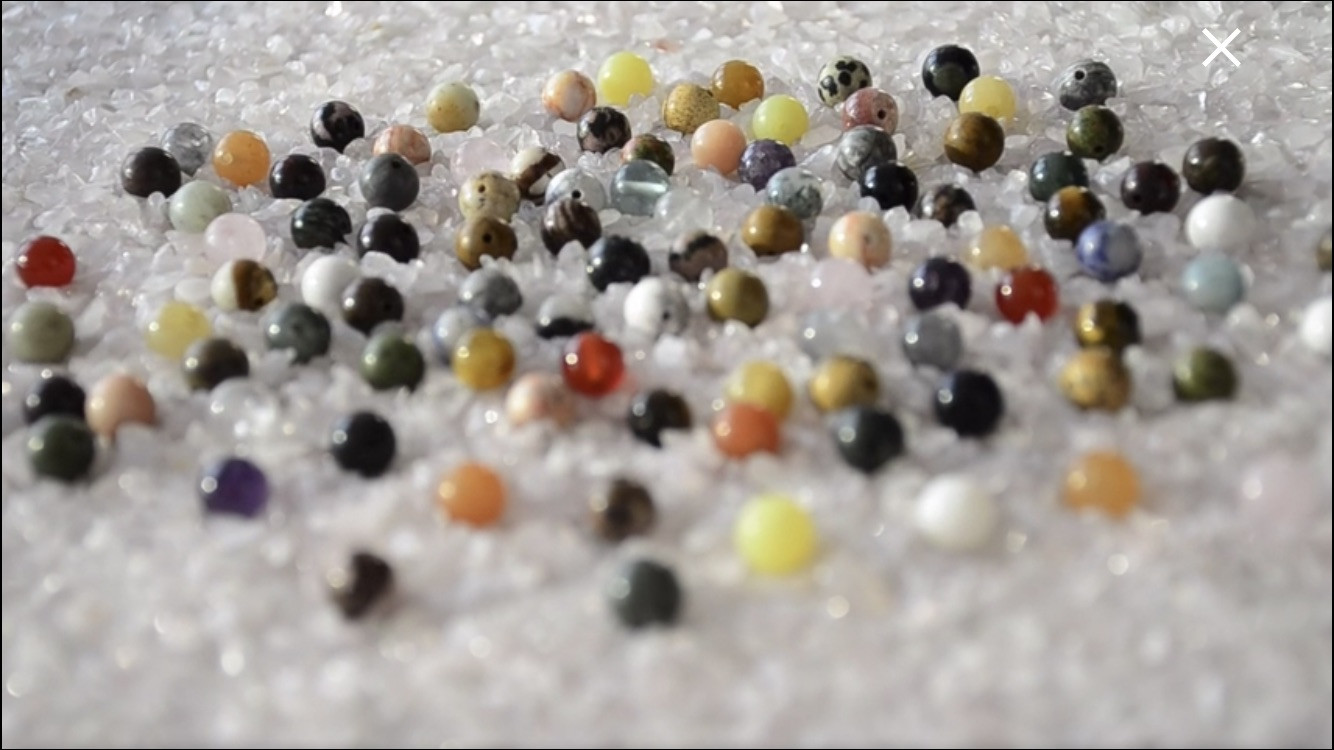


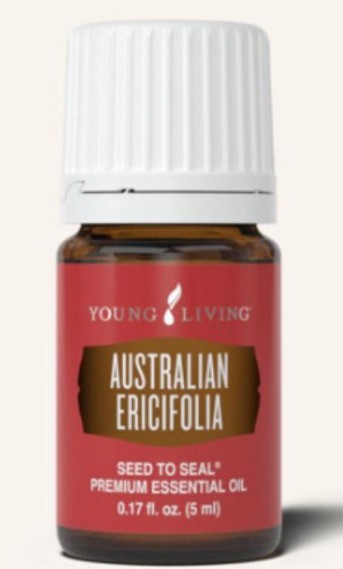
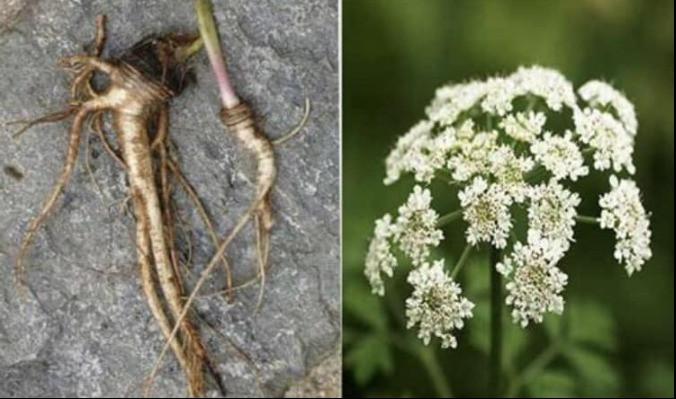
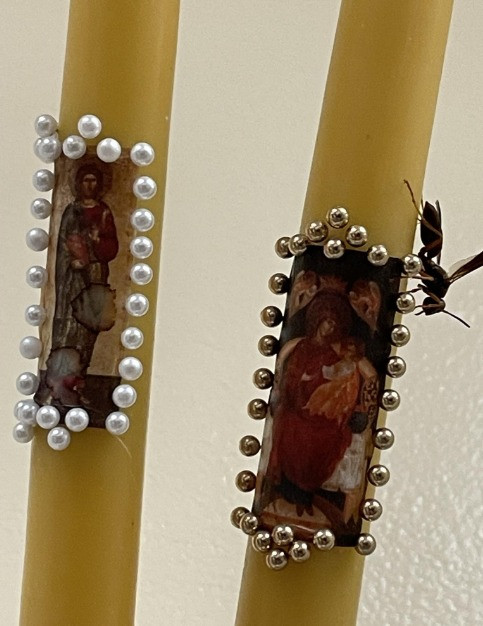


0 Comments